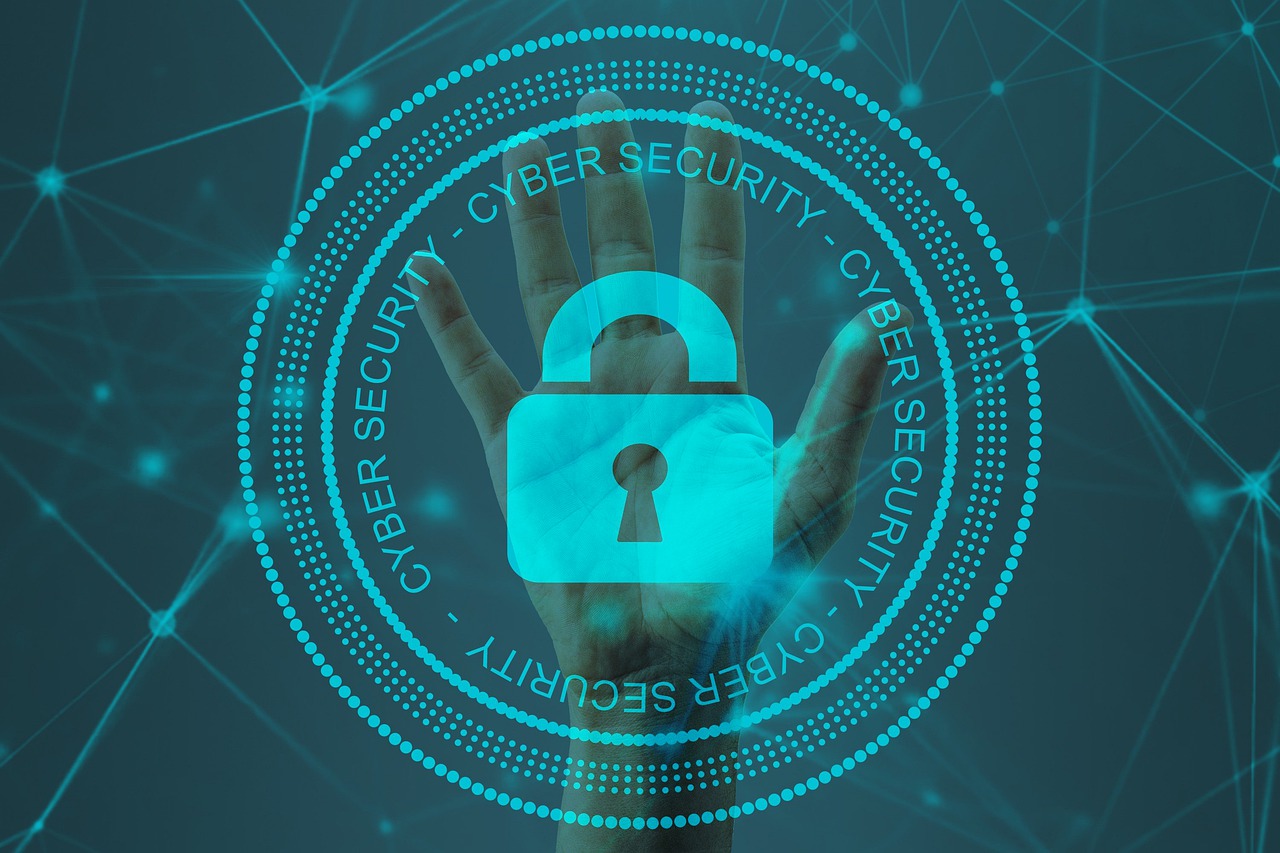5 Cybersecurity Threats Financial Companies Face In 2021

Introduction
There is a reason why 70% of all bankers interviewed in a survey done last year pointed to cybersecurity as their topmost concern.
At a time when the Fintech sector is growing in double digits powering new growth, innovation, and usefulness, cyberattacks on financial firms are also on the rise.
Experts suggest that the Coronavirus Pandemic and its disastrous economic fallouts have attracted cybercriminals to increase the intensity, quantity, and sophistication of their cyberattacks.
A report published by the Boston Consulting Group states that as compared to other industries and niches, the financial services sector is 300x more times prone to cyberattacks than anything else!
In this article, we speak to leading cybersecurity experts and take their views on the top five threats financial companies are likely to face in 2021.
Financial Services Companies and Cybersecurity: What you need to know
Do you remember the last time you walked into a real physical bank for any banking need?
I wanted to ask you this question to help you understand how far digital adoption in financial services has come. Fintech innovations have pushed us to use our smartphones and laptops for almost all our financial needs.
In fact, governments over the world have made the push to digital economies where finance and banking play a critically important role.
Newer digital innovations changing consumer behavior like E-commerce platforms, digital wallets, and other fintech products have all exposed vulnerabilities for consumers and financial institutions alike.
Many people have fallen prey to online financial scams in the aftermath of the pandemic. As people are not that advanced in their thinking, especially when it comes to availing financial services digitally, they have given bank details to impersonators.
List of 5 Cybersecurity Threats Financial Companies face in 2021
Poorly Trained Workforce and Employees-
Banks and financial institutions need to spend extensively to bring their employees up-to-pace with all the newer threats emerging in the world of cybersecurity. Most employees are untrained when it comes to identifying the threats and taking the necessary steps to protect the institution against the same. Investing in employee cybersecurity programs is necessary.
Digital Financial Unawareness in Consumers-
The Coronavirus pandemic saw cybercriminals make calls to unsuspecting citizens and enquiring about their stimulus checks requirements. People were far eager to share the details in the hope that it was coming from a credible authority. After taking the details, they saw their bank accounts and cards being drained financially.
Fintech Integrations and Onboarding-
Fintech products are cropping up left, right, and center. Start-ups are heavily flooding the market given the lucrative nature of the niche. Banks have to strike a cautious balance in allowing for integrations or losing out on probable customers. Every access point and integration are likely security vulnerabilities for banks and financial institutions.
Cloud Computing Safety and Security-
Banks like any other industry have now moved all their data storage solutions to the cloud. However, it is important that financial institutions select the right cloud solution. Check for security protocols, two-factor authentication, password encryption, and more when making the decision of selecting the cloud for storage.
Back-Up Solutions and Segmentation-
While financial companies are sure about their primary data solutions, they tend to skim on the back-up. Taking backups of data and information is a practice that is not fairly well-ingrained. Studies suggest that cybercriminals tend to attack backups as they do not have the same level of protection as the mainframe.
The Bottom Line
Some of the best financial institutions are now turning to Public Key Infrastructure as a way to ensure complete security and safety from cyberattacks. Using digital certificates to ensure authenticity and ownership and key encryption is proving to be successful in warding off threats from cybercriminals.






